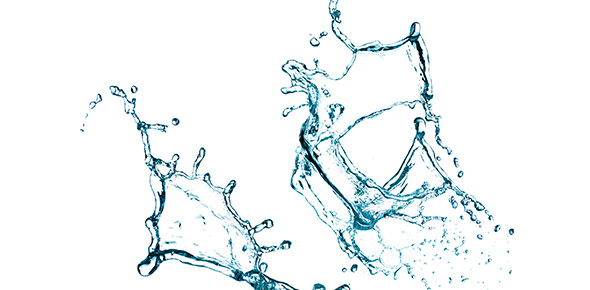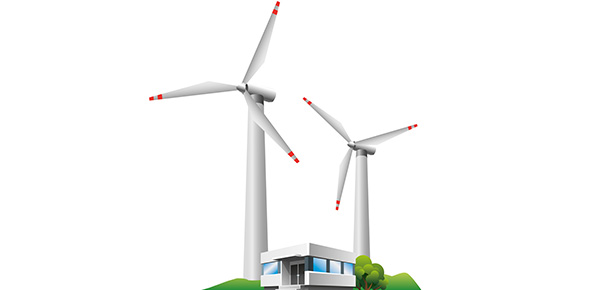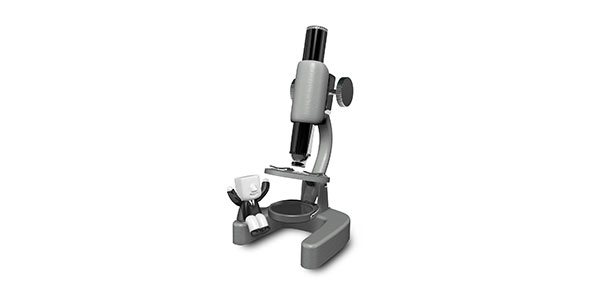Related Flashcards
Cards In This Set
| Front | Back |
|
CKD
|
Chronic Kidney Disease
|
|
Dialysis Team
|
Technicians, nurses, dietitians, social workers, doctors and patients
|
|
Self managing patients
|
Patients who self manage their care and know more about it stay healthier and live longer.
|
|
Patients health depends on these factors:
|
Age, former activity level, proper treatment, other illnesses, and support from loved ones.
|
|
Main treatment of ESRD
|
Dialysis
|
|
Dialysis replaces 3 main kidney tasks
|
Removing wastes from the blood, removing excess fluid from the blood, and keeping electrolytes in balance
|
|
Electrolytes
|
Electrically charged particles
|
|
2 main types of dialysis
|
Hemodialysis (HD) and peritoneal dialysis (PD)
|
|
Artificial kidney
|
Dialyzer
|
|
Dialyzer
|
Contains a semipermeable membrane which allows some substances, such as wastes and excess water out, but keeps others, such as blood cells, in.
|
|
Dialyzer membrane
|
Wastes and water pass through the membrane into a fluid called dialysate and some substances pass from the dialysate into the blood.
|
|
Delivery System
|
Dialysis machine
|
|
Dialysis Machine
|
Controls the flow of blood to the dialyzer, includes safety alarms to monitor the machine during a treatment and mixes and delivers dialysate.
|
|
Access for PD
|
Is through a catheter (tube) placed in the abdomen. The blood never leaves the body; instead, the lining of the abdomen, which has many tiny blood vessels, acts as a filter in the same way as a dialyzer.
|
|
Most common type of PD
|
Patients use a cycler machine at home while they sleep, to cycle sterile dialysate in and out of the abdomen.
|








